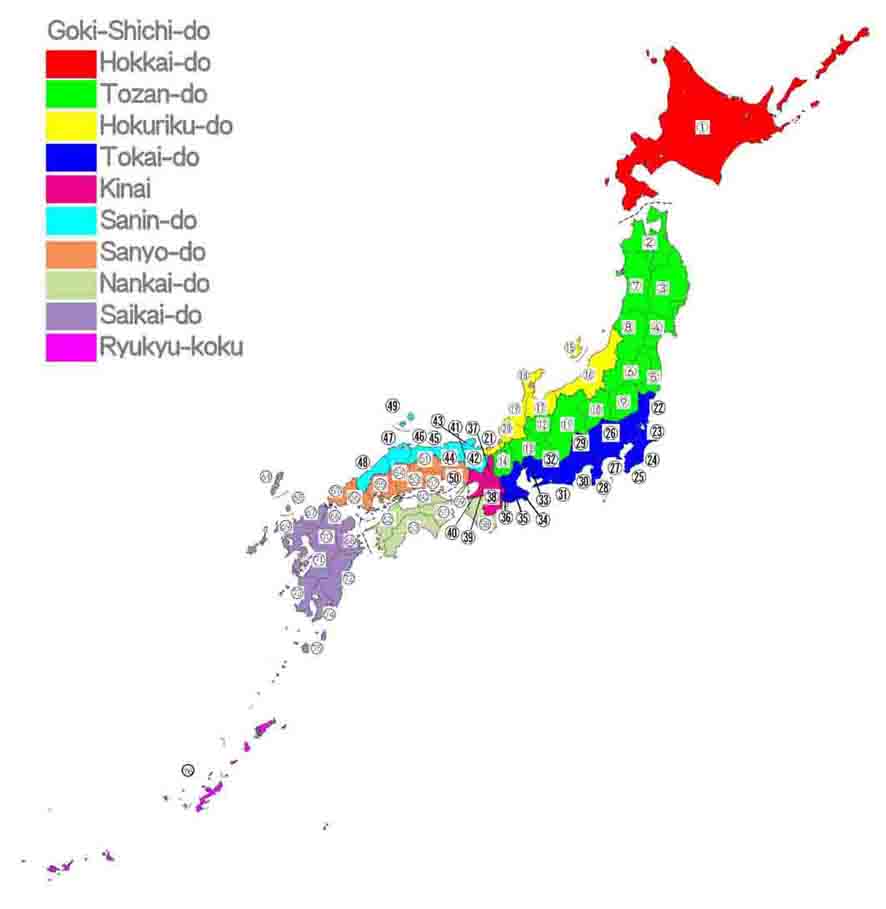Nakayama is in between Narita And Haneda International Airport
<クッキーについての同意並び欧州居住者向けプライバシーポリシー>
中山・下総・散歩道
Totomi-no-kuni : The Short Summary Of Totomi Province
Totomi-no-kuni was an administrative district in classic Japan. The area of Suruga Province was located on the western part of Shizuoka Prefecture. There was Shinano Province (Nagano Prefecture) in the north, Suruga Province in the east, Mikawa Province in the west, and there was the Pacific Ocean lying in the south. Totomi-no-kuni belonged to Tokai-do region, and it was counted as a upper grade and middle distant country. The provincial government and the Kokubunji Temple of Totomi might be in at Iwata city in Shizuoka prefecture. And Okunijinja Shrine also in Shuchi-gun and Kotonomama Hachimangu Shrine in Kakegawa City were registered as Ichinomiyas (the first shrines) of Totomi Province.Late Heian Period, there were many private estates owned by nobles in Kyoto, large temples and shrines in Suruga Province, then many officers came from Kyoto and managed the estates, finally most of them settled in and became powerful local clans. In 1180, Yoshifusa Yasuda was appointed as the first military governor, but he was excuted by Kamakura Bakufu as the suspicion of his rebellion in 1194. After his excusion, Hojo Clan and their relatives took the position of the military governor through the period.
In the period of Northern and Southern Dynasties, Totomi had got strong influence of the Southern Dynasty, and the Prince Munenaga, the son of Emperor Godaigo, based at Mitake Castle in Hamamatsu City to rule once. At the same time, Tadayoshi Ashikaga, the younger brother of the first Shogun of Muromachi Bakufu Takauji Ashikaga intended to confront him at Totomi. After that the miliraty governor of Totomi was succeeded Imagawa Clan in Suruga Province, but the middle of Muromachi Period, Shiba Clan, one of the three chief counselors of the Muromach Shogun, became the military governor of Totomi. Although Shiba Clan took the positions of three provisional military governors such as Totomi, Owari (Aichi Prefecture) and Echizen Province (Fukui Prefecture), their power to control to Totomi was very weak and instable. In Sengoku Period (the Warring States Period), the Imagawa Clan regain the position. In 1497, Ujichika Imagawa and Soun Hojo invaded to Totomi Province and conquered. Then Asahina Clan built Kakegawajo Castle. Imagawa Clan ruled Totomi Province and Asahina Clan ruled Kakegawa. Imagawa ruling two provinces, they tried to expand and they finally gained the power to rule Mikawa province in 1549 when Ieyasu Tokugawa who was the 5 years old lord of the province was taken as a hostage. Then the Imagawa Clan seized 3 provinces and it became the strongest and most influential daimyo in eastern Japan. However, the Imagawa Clan lost the Battle of Okehazama in 1560 and Yoshimot Imagawa, the head of the family was killed by Nobunaga Oda, the clan soon lost the power. Ieyasu Tokugawa became the hostage once in his childhood, but he went back and took back his position in Mikawa Province, and he tried to gradually expand his territory to Totomi Province. In 1568, Shingen Takeda, the lord of Kai-no-kuni (Yamanashi Prefecture) invaded Suruga Province, then Ujitsuna, the son of Yoshimoto escaped to Kakegawa Castle, but next year, he opened the castle and gave it to Ieyasu Tokugawa. Tokugawa Clan gained the power to rule Totomi, but it was not stable. Takeda Clan next to him also tried to expand to Totomi. In 1571, Shingen attacked Takatenjinjo Castle in Kakegawa, but he could not gain it because of its strong protection. In 1574, Katsuyori Takeda, the son of Shingen took over Takatenjinjo Castle. Ieyasu then built Yokosuga Castle to regain it. There were several conflicts occured between Tokugawa and Takeda, The Battle of Mikatagahara, the Siege of Takatenjinjo Castle and Futamatajo Castle were famous. In 1581, Ieyasu succeeded to take back it and he gained the power to control Totomi Province.
In 1586, Ieyasu Tokugawa submitted to Hideyoshi Toyotomi who was the Kanpaku Dajo-daijin (the supreme minister and chancellor) having the power to rule the samurai society,, and he became his vassal. In 1590, Ieyasu moved to Edo(Tokyo), Kazutoyo Yamanouchi, a vassal of Hideyoshi moved to Kakegawajo Caslte and Yoshiharu Horio also the vassal moved to Hamamatsujo Castle. In 1600, Ieyasu won the Battle of Sekigahara and gained the power to control Japan. He took back Totomi Province, so Kazutoyo moved to Kochi Prefecture and Yoshiharu moved to Shimane Prefecture. In Edo Period, Totomi was a strategically very important post province to protect Edo , then daimyos in hereditary vassalage to the Tokugawa, were appointed such as the lords of Kakegawa and Hamamatsu to control the eastern and westren part of the province. Moreover, Kakegawa was connected to Edo with Tokaido road.
After Meiji Restoration, the classical districts were rebuilt, Suruga merged with Izu and Totomi to be Shizuoka prefecture in 1871. Mikkabi Mikan, a delicious Christmas orange, tea and cotton are specilty in Totomi Province. Moreover, Hamamatsu is famous for the Lake Hamanako and the Hamamatsu Gyoza.
参考
静岡県ホームページ
掛川市ホームページ
掛川市観光協会ホームページ
デジタル大辞林
ブリタニカ国際大百科事典
日本大百科全書(ニッポニカ)
ウィッキウィッキペディア
Blue represents Tokai-do and No.31 in the map below is Totomi-no-kuni

- 広告 Advertisement -
